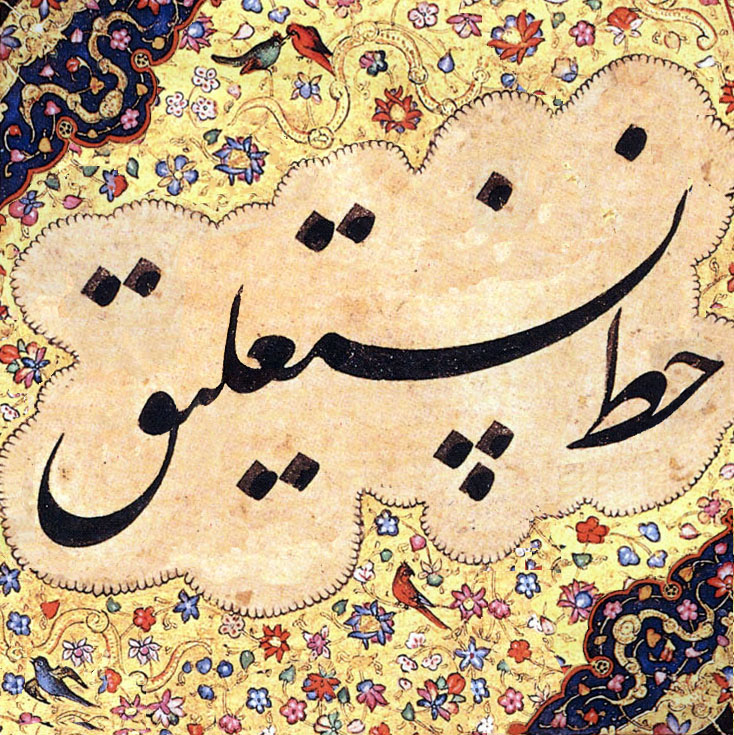In 2010 a personal project was started by Mudassir Azeemi to introduce Urdu typing in iPhone. A phonetic keyboard was developed and tested, the app (Urdu Writer) submitted to Apple Store and was used by Urdu users around the globe.
On October 5, 2014 an open letter was written and posted for Tim Cook, then sent via post on October 8th. Mudassir received call from Tim Cook himself on October 13th, just 8 days after publishing of the open letter and the efforts for introduction of calligraphic Urdu typing were appreciated.
Now, the Nastaleeq typeface has been included to iOS 9.0 Beta.
Background
Apple had introduced Urdu Keyboard in iOS 8 and used Urdu unicode that was derived from Arabic. This provided a visual display of Urdu language that was very basic. The typeface was called “Naskh”.
Compared to that, Nastaleeq is a typeface that represented the calligraphic beauty of Urdu language. Following image shows the difference between the two typefaces, left one is the default while right one is Nastaleeq:
With the new typeface, it is not just about writing Urdu but also see its calligraphic beauty.
Benefits?
English, despite being official language of Pakistan, is still written and spoken by a small percentage of population. With the recent ruling by Senate body to gradually replace English with Urdu for official communication in government departments, the demand for communication in Urdu is going to increase in future.
The existing typefaces, derived from Arabic fonts, do not represent the true quality of written Urdu and a wooden feeling was given out whenever used. With the new typeface, a very original and true depiction of the language is experienced on iOS devices.
With the increase of internet in the country, particularly 3G/4G, more people will be connected in future and they would need to communicate in both written and voice. The rural areas, where majority of Pakistan’s population reside, will benefit from inclusion of Nastaleeq in iOS. It would be preposterous to assume rural population owning iPhones and iPads, since these areas are dominated by feature phones from Nokia and Android phones from Q-Mobile.
The real benefit will emerge when Nastaleeq’s success of iOS is translated to Android and Windows phones. That is when the true impact will begin as people can type in android and windows phones with the proper beauty of the language. The success of this typeface will open doors for more innovations as local languages such as Sindhi can also improve the visual beauty and better typefaces can be developed for use in handsets.




